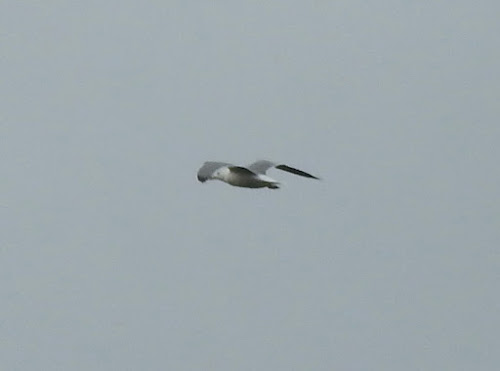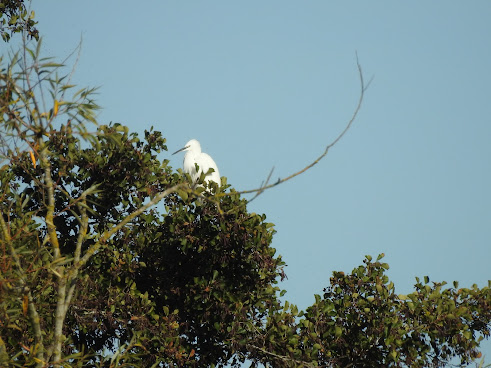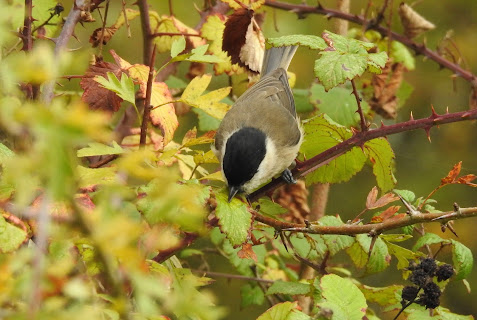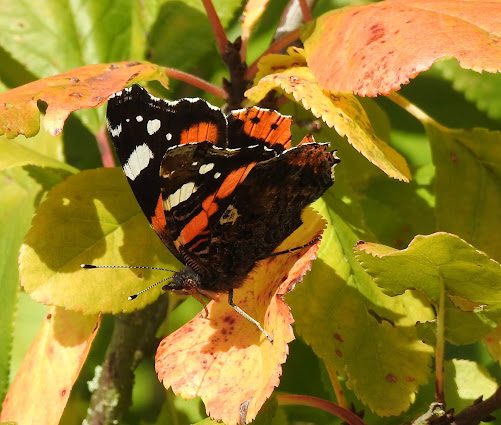As the clocks went back I joined Dave for another bash around Morton Bagot. The weather continues unseasonably mild, and there was complete cloud cover for the whole morning along with a fresh southerly breeze.
There was some evidence of Woodpigeon movement first thing, and I counted 460 before the flocks dried up. The visit proved to be a bit of a damp squib. We saw two pairs of Stonechats, about 50 Redwings, and I glimpsed a probable Peregrine as it slipped off one of the masts. The flash field contained just 16 Teal, and 19 Lapwings, before we emerged from the hedge to find that even they had disappeared.
 |
| Lapwing flying in |
 |
| Stonechat |
Fortunately I had a plan B. It had been pointed out to me that the sailing from late morning at Upper Bittell sometimes disturbs the ducks there, causing them to head for Lower Bittell.
I arrived at the lower reservoir to find things much as I'd left them in the week. The Whooper Swan seems to have settled in, and there were small numbers of duck including 17 Gadwall, and 26 Tufted Duck. I hung around for an hour hoping for some arrivals, and there were a couple of encouraging signs. At one point an adult Yellow-legged Gull appeared and swooped at an adult Peregrine. Perhaps the falcon would spook the duck on Upper.
 |
| Whooper Swan |
 |
| Yellow-legged Gull |
 |
| The same Yellow-legged Gull |
As the clouds rolled in, a party of eight duck flew around, but they appeared to be Wigeon. Shortly afterwards a roll of thunder persuaded me to head back, and as I reached the car the heavens opened and it bucketed down.
So Pochard remains off the list.
I put the trap out and caught eight moths of five species including three Merveille du Jours, two Rush-veneers, and a Red-line Quaker which was first of the year. While emptying the trap and subsequently going to the paper shop an impressive 556 Woodpigeons headed south in about 30 minutes.

.jpeg)





































